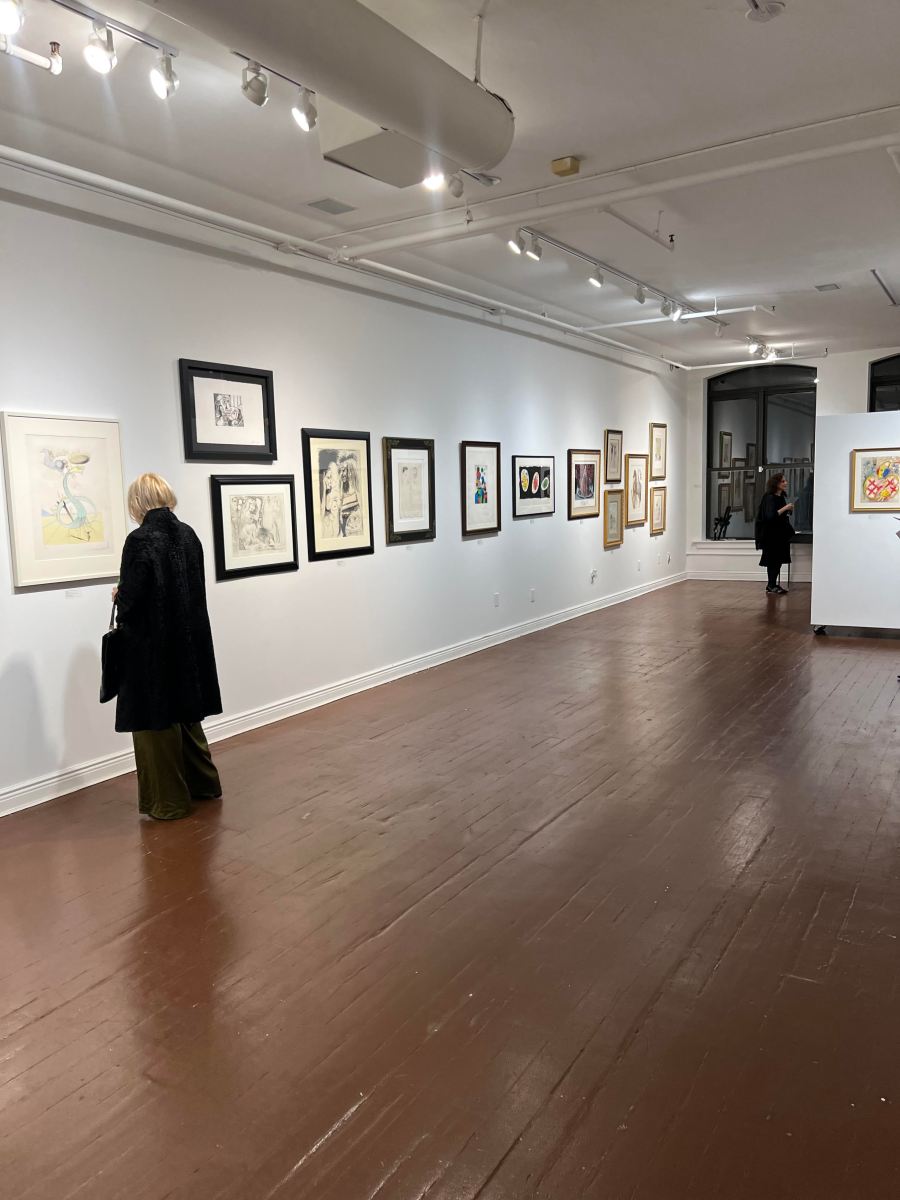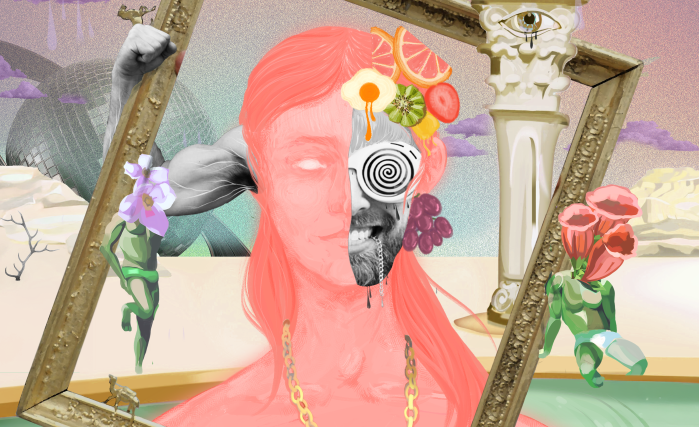There are those who chase wealth and then there are those who curate it.
The distinction is subtle but absolute. The former seek numbers on a balance sheet, fleeting gains that rise and fall with the whims of speculation. The latter understands that true power is not just accumulated—it is chosen, sculpted and immortalized.
Markets tremble. Currencies erode. Even real estate—long considered the fortress of generational wealth—can be undone by a single economic collapse or political shift. However, art exists beyond these fragile structures. It is not beholden to interest rates or tax codes. It does not rust, does not fade, does not answer to the laws of men. Art is the great whisper of dynasties, the keeper of legacies, the only asset that holds not just monetary worth, but the breath of civilization itself.
The Numbers Do Not Lie: Art as the Ultimate Store of Value
To speak of art is to speak in the language of eternity, yet even eternity has its numbers. Romantic though it may be, the power of art is not merely an abstraction. It is inscribed in the cold, calculated figures that define wealth itself.
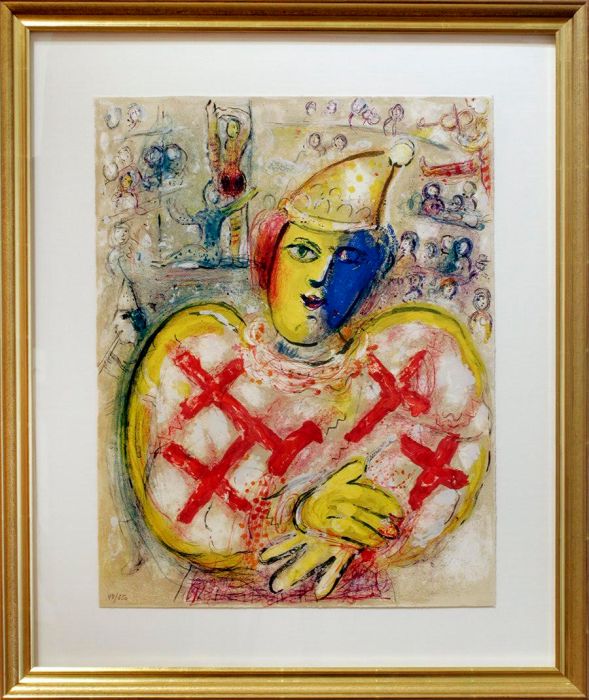
Over the past 25 years, fine art has outperformed the S&P 500 by more than 250 percent, according to Art Market Research. While stocks bow to the volatile theater of global affairs, the value of extraordinary artworks ascends with the weight of cultural significance.
In 2022, the global art market reached $67.8 billion, with auction sales setting new records—a testament to the unwavering desire for beauty, permanence and prestige.
Blue-chip artworks have shown an average appreciation of 8.3 percent per year, defying economic crises, financial collapses and even wars. The right painting does not crash—it ascends. A brilliant work of art, once collected, becomes a sovereign entity, impervious to the laws of depreciation. It does not beg for market validation. It commands it.
Beyond Real Estate: A Legacy, Not Just an Asset
The architects of generational wealth will often point to real estate as the ultimate foundation of power. Land is finite, they say. Land is eternal. Yet history tells a different story. Borders shift, regimes fall and empires rise only to crumble into dust. The same palace that once housed kings can be abandoned to time, its walls stripped bare of grandeur.
Art, however, does not submit to the passage of time—it conquers it.
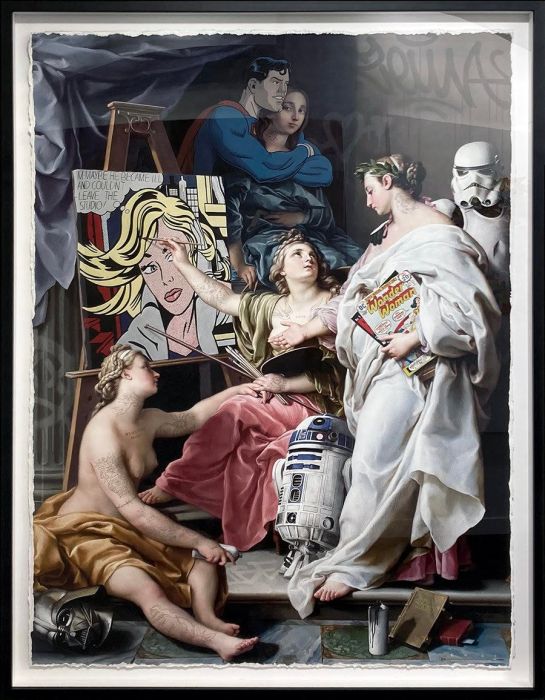
The great dynasties of history—the Medicis, the Rothschilds, the Guggenheims—understood this with pristine clarity. They did not merely own art; they built empires upon it. Their names are etched not into buildings that may one day be demolished, but into the very fabric of culture itself.
Unlike real estate, which is bound by geography and market conditions, the value of art transcends physical constraints. A Basquiat purchased for $19,000 in 1984 was sold for $110.5 million in 2017. This increase is not simply appreciation—it is coronation.
The Tiers of Collecting: The Importance of Building a Collection at Every Level
There is a misconception that collecting art is an exclusive privilege reserved for those acquiring Picassos and Rothkos. In reality, a great collection is built in layers, much like wealth itself. The seasoned collector understands that power is not in acquiring one masterpiece, but in curating a dynasty.
Emerging Artists:
Collecting at the emerging level is not just an act of discovery—it is a statement of vision. The great collectors of history recognized talent before the world did. The works of those who are shaping tomorrow’s art landscape—the new Kusamas, the next Basquiats—are forged in this space. This is where collectors exercise true foresight.
Mid-Career Artists:
This is where discernment becomes key. Mid-career artists have exhibited, gained critical acclaim and established themselves within the art world’s lexicon. Acquiring works at this level signals an understanding of artistic evolution, bridging raw potential and solidified impact.
Blue-Chip Masters:
This is where collections become dynasties. Owning a Calder, a Warhol or a Richter is not merely a display of wealth—it is a declaration of status, cultural fluency and belonging to the uppermost tier of patronage. These are the works that move markets, dictate the future of institutions and hang in the homes of those who shape history itself.
A great collection does not begin and end with blue-chip names; it is a narrative. It tells the story of what was, what is and what will be. The collector who sees across all three levels understands the architecture of true cultural power.
Art as Power: The Psychology of Collecting
The world’s elite do not merely buy art; they acquire it with the precision of monarchs selecting their crown jewels.
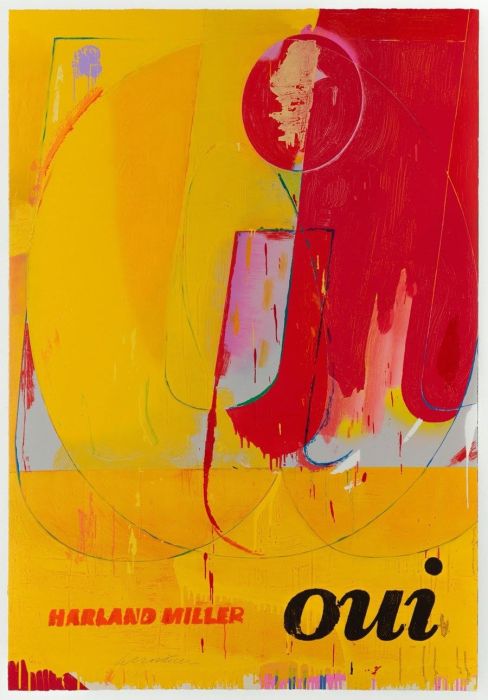
To own a Rothko, a Calder, a Kusama is to claim dominion over something that no nation, no government, no financial institution can seize or replicate. A great collection is not just an assembly of works—it is a declaration of sovereignty. It is an unspoken testament that the collector understands what mere wealth cannot touch: the power of curation.
Art is a cipher of influence. It opens doors that capital alone cannot unlock. A seat on museum boards, an invitation to the world’s most exclusive salons, a quiet but undeniable presence in the rooms where history is written—these belong not to those with the deepest pockets, but to those with the most discerning eyes.
This is why the moguls and monarchs of old did not simply acquire art. They wove it into the very fabric of their dynasties. It was never about status alone. It was about immortality.
A Bet on Humanity: Why Art is More Than Just Wealth
Beyond all numbers, beyond all strategy, beyond even the shrewd calculus of power, there lies a deeper truth: art is the last sacred thing.
It is the soul of civilization, the only force that captures the chaos and brilliance of humanity and transforms it into something eternal. While economies rise and fall, while fortunes are won and lost, art remains. It outlasts wars, outlives governments and transcends the boundaries of time itself.
A brilliant collection is not merely a statement of wealth; it is a belief in the endurance of beauty, the sovereignty of expression, the undying pulse of creation.
To acquire art is to stand in defiance of the impermanent. It is to say, with absolute certainty, that in the face of uncertainty, there are still things that endure. True wealth is not measured in numbers. It is measured in what outlasts generations, in what whispers to the future long after the present has turned to dust.
While the world watches markets fluctuate, while analysts predict collapses and recoveries, those who understand the profound value of art continue to move differently. They place their faith in what time cannot erode.
They will be the ones who remain.
Those who understand the true value of art are not playing for the next decade. They are playing for eternity.
Avalon Ashley Bellos is the executive director of media and communications at DTR Modern Galleries and an art and luxury writer for Schneps Media at AMNY.




